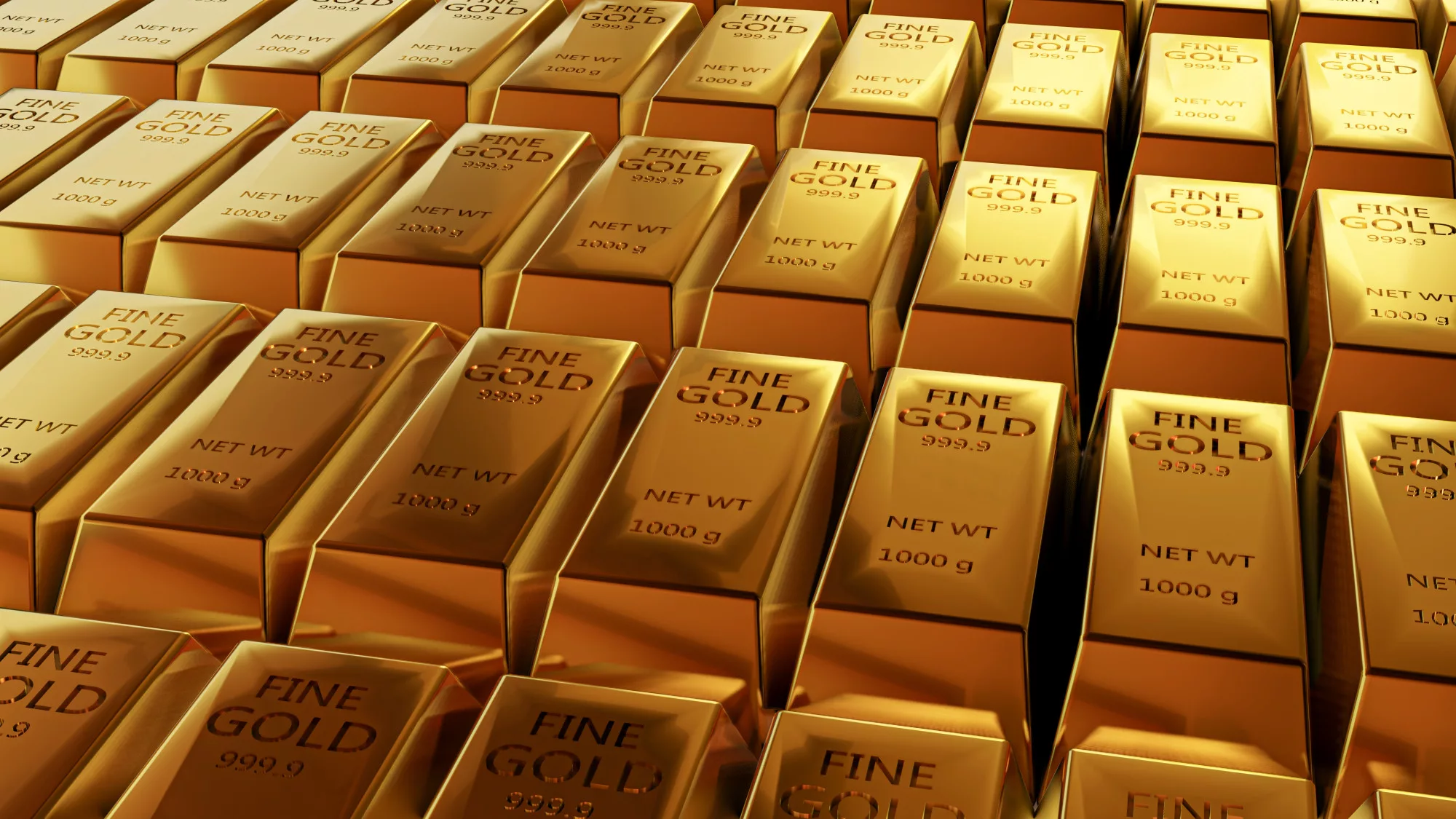
In the ever-changing landscape of investment opportunities, precious metals have stood the test of time as a reliable and valuable asset class. Investing in precious metals offers diversification, a hedge against economic uncertainties, and the allure of tangible wealth. Whether you’re a seasoned investor or just starting on your financial journey, understanding the ins and outs of investing in precious metals is essential for making informed decisions and safeguarding your wealth.
Why Invest in Precious Metals?
Before delving into the how-to, it’s crucial to understand why investing in precious metals is a prudent choice. Precious metals possess inherent and intrinsic worth due to their practical utility. Being tangible and limited resources, their value remains unaffected by governmental or financial institution influence. Unlike paper currency, they cannot be arbitrarily printed by a government, granting precious metals a distinctive edge and leading to manifold advantages for investors.
Diversification: Precious metals provide an excellent way to diversify your investment portfolio. Unlike traditional financial assets, their value isn’t solely dependent on market trends, making them a valuable addition that can help mitigate risk.
Inflation Hedge: Precious metals often act as a hedge against inflation. When the value of fiat currency declines due to inflation, the value of precious metals tends to rise.
Tangible Asset: Unlike stocks or bonds, precious metals are physical assets you can hold in your hand. This tangibility provides a sense of security in an increasingly digital world.
Global Demand: Precious metals have a universal appeal, leading to consistent demand across different cultures and economies.
Steps to Invest in Precious Metals
Educate Yourself: Before making any investment, educate yourself about the different types of precious metals available for investment. Understand their market dynamics, historical performance, and factors that influence their prices.
Choose Your Metal: The most common precious metals for investment are gold, silver, platinum, and palladium. Each metal has its unique characteristics and investment potential. Gold, for instance, is often considered a store of value, while silver has industrial applications alongside its investment value.
Decide on Form: Precious metals can be bought in various forms, such as coins, bars, and even ETFs (Exchange-Traded Funds) that track the metal’s value. Consider factors like liquidity, storage, and transaction costs when choosing the form.
Select a Reputable Dealer: When purchasing physical metals, choose a reputable dealer with a track record of integrity and transparency. Research customer reviews and verify their certifications to ensure authenticity.
Storage Options: If you’re purchasing physical metals, consider storage options. You can store them at home (with proper security measures) or opt for secure storage services provided by dealers.
Understand Market Trends: Stay updated on market trends and factors affecting precious metal prices. Economic indicators, geopolitical events, and currency fluctuations can impact their value.
Diversify: Just like any investment, diversification is key. Avoid putting all your investment funds into precious metals alone. A diversified portfolio balances risk and potential returns.
Long-Term Perspective: Precious metal investments often yield better results over the long term. Patience is key, as short-term price fluctuations are common.
Selling Strategies: Have a clear exit strategy. Determine the conditions under which you’d consider selling your precious metals. This could be based on price targets, financial goals, or changes in the market environment.
Factors Influencing Precious Metal Prices
Before making a leap into precious metal investments, it’s essential to comprehend the factors that influence their prices. These factors go beyond simple supply and demand dynamics and can provide insights into the potential future performance of your investment.
Geopolitical Events: Geopolitical events, such as conflicts, trade disputes, and political unrest, can significantly impact precious metal prices. When uncertainty rises, investors often flock to the safety of precious metals, driving up demand and prices.
Interest Rates and Inflation: Central bank policies, particularly changes in interest rates, can affect precious metal prices. Lower interest rates tend to boost the appeal of non-yielding assets like gold, while higher rates can divert investment towards interest-bearing assets. Precious metals also serve as a hedge against inflation, as their value tends to rise when the purchasing power of currency diminishes.
Currency Strength: Precious metal prices are often inversely correlated with the strength of the local currency. A weaker currency makes precious metals more attractive to international investors, leading to increased demand and higher prices.
Investing in precious metals requires a certain mindset. Understanding that their value can be influenced by factors distinct from traditional financial assets is crucial. The market for precious metals can be less liquid than stocks or bonds, and price movements may not always align with short-term expectations. This is where a long-term perspective comes into play. Viewing precious metals as a store of value and a hedge against economic uncertainties can help you weather the inevitable market fluctuations and make more informed decisions based on your financial goals.
Resource Links
Birchgold.com: What are the Benefits of Investing in Precious Metals?
Investopedia.com: Beginner’s Guide to Investing in Precious Metals
Bullionmart.ca: The Timeless Allure of Gold & Silver BullionBoldpreciousmetals.com: Is Gold a Wise Investment Choice